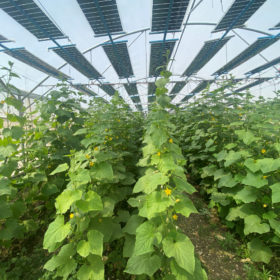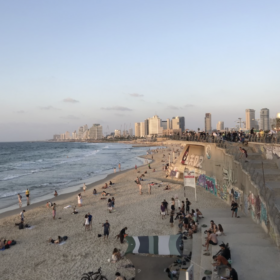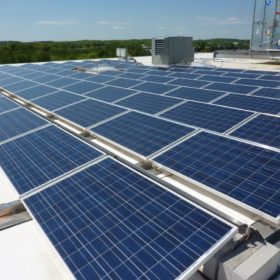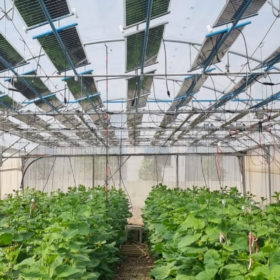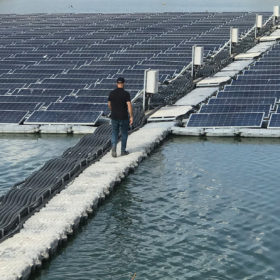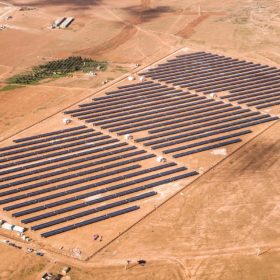Rock-based thermal energy storage production moves into gigawatt scale
Israeli company Brenmiller is set to launch a 4 GW to 5 GW production line for its thermal energy storage systems, which use crushed rocks to retain heat that can be released as steam, hot water, or hot air.
Israel authorizes bilateral PPAs
Israel’s new rules for power purchase agreements (PPA) are expected to spur development, especially in the solar sector.
New agrivoltaic project to test crop-responsive PV trackers for greenhouses
An international consortium led by Israel’s Al-Zahrawi Society has launched the Regace project to develop agrivoltaic solutions for greenhouses. It will investigate the performance of a new tracking system across locations and climates and use carbon dioxide enrichment to improve crop yield.
Israel may lift land restrictions for large-scale solar
Policymakers in Israel are trying to create better conditions for large-scale solar projects. Land for ground-mounted facilities is still limited to 2,000 hectares, which equals 2 GW of installed capacity.
Israel’s behind-the-meter storage market to hit turning point in 2023
Israel’s market for behind-the-meter energy storage projects could grow significantly this year, due to new regulations and plans to commission new solar-plus-storage installations that were tendered a few years ago.
SolarEdge to acquire energy analytics specialist Hark Systems
SolarEdge is set to fully acquire Hark Systems, a UK-based smart energy technology firm.
Novel agrivoltaic array tech for greenhouses
An Israeli startup is commercializing crop-responsive PV trackers for greenhouses. The system includes a tracking structure, a motor, a controller, and specially designed solar panels.
Weekend read: Back to the future: Israel’s faith in FITs
Israel’s scarce land resources and lack of interconnections to neighboring countries have driven the rise of rooftop solar. Now a number of recent policy changes, mainly due to electricity reforms, are set to reinforce the decentralization trend, reports Ilias Tsagas.
Solar in exchange for desalinated water
Israel and Jordan have agreed to pair 600 MW of solar with an undisclosed amount of storage. The deal, which was brokered by the United Arab Emirates at COP27, will see Jordan provide electricity to Israel in exchange for desalinated water.
Uninterrupted PV generation without storage
An Israeli scientist has proposed a way to achieve uninterrupted PV power on the moon without using energy storage. The proposal involves the installation of PV panels around a 360-degree latitudinal ring close to one of the moon’s poles. There would be no inter-array shading, and static vertical PV arrays and arrays mounted on single-axis vertical trackers could be viable mounting structures.


